Here’s a fun Formula 1 fact – there was a car in the 2016 World Championship that led more laps than any car other than the Mercedes-AMG F1 W07, the Ferrari SF16-H and the Red Bull RB12. In fact, aside from those three cars it was the ONLY other car to lead a lap in the 2016 season, and it led a grand total of 26 of them.
There are three things you need to know about this car; firstly, it received no constructors points for its 2016 achievement, secondly; it was the only V8 to lead the pack (and, indeed, the only V8 IN the pack) and thirdly; I recently got to spend a week with one.
I would also say that it is the most easily accessible car to line up on the F1 grid, except for the fact that it does’t line up on the grid. It leads the other cars to the grid then waits patiently until it is needed again.
In case I haven’t given you enough clues yet, let’s just dive into it – I am talking about the Mercedes-AMG GT that acts as the official FIA Safety Car in Formula 1.
To say that the AMG GT is a truly ferocious car would be something of an understatement. It is a car that covers a deeply impressive spectrum of abilities, ranging from the placid and quiet nana mode, right up to fully feral, bellowing bogan mode. Those aren’t the official names, by the way, Mercedes prefer “Comfort” and “Race”, but mine are more accurate.
Forget nana mode, because it simply doesn’t matter with this car anyway. Yeah, its a Mercedes, so you get the expected Mercedes behaviour around town when responsible adults are looking, but bogan mode is what its really all about.
The twin-turbo 4.0-litre V8 has a vocal range from threatening rumble, right up to a startlingly angry barrel-chested big-block roar, easily making it the best-sounding car on a current F1 circuit.
Nail the throttle and you would swear there was something WAY bigger than 4.0-litres lurking under the long, wide bonnet, as a thoroughly antisocial roar is matched by eye-wateringly brutal acceleration.
The expected indignant explosion accompanies every gear shift in bogan mode, with a volley of cracks and pops issuing forth on the downshift, meaning that leaving it in this mode around town is an hilarious exercise in scaring the unaware and impressing other bogans.
The GT’s V8 sits behind the front axle, making it technically mid-engined and also blessing it with staggeringly good balance and handling. Utterly ferocious power delivery and utterly composed handling make the GT massive fun to throw around and the perfect car to lead the F1 pack.
Before Mercedes took over the role, the Formula 1 safety car had a mixed history to say the least.
While we think of the safety car as a standard fixture of F1 these days, the first time one was used in the sport was as late as 1973, and it hardly covered itself in glory.
The car used was a yellow Porsche 914, it was used only once that season at the Canadian Grand Prix and it was a total disaster.
The use of a safety car was decided upon following a number of nasty crashes during the ’73 season, including one that claimed the life of Roger Williamson. Thus the hapless Porsche was sent following a big crash between Jody Schecter and Francois Cevert to let the ambulances get to the scene, as well as for marshals to clean up the debris.
Unfortunately when the driver of the Porsche came out in front of what he thought was the leading driver, he was actually in front of the seventh place driver – New Zealand’s own Howden Ganley.
Ganley was smart enough to know he wasn’t in the lead, so when he was awarded the win at the end of the race he knew this wasn’t right. The race officials, however, weren’t so smart and had counted the race entirely wrong, allowing the cars ahead of Ganley to get a lap on the field. It took them three hours to sort out their mistake and award the win to Peter Revson.
After that particular debacle, a safety car wasn’t officially used again until 1993 when a Fiat Tempra was used at a the Brazilian GP due to heavy rain.
But then in 1994 an Opel Vectra was used at the San Marino GP which, rather controversially, has copped some of the blame for the death of F1 great Ayrton Senna.
The argument goes that the Vectra was far too slow for the following F1 cars, leaving them unable to maintain suitable temperature in their tyres. This in turn caused Senna’s Williams to bottom out and crash, killing one of the greatest drivers of all time.
So, needless to say, the safety car wasn’t exactly covering itself in glory in F1. Adding to this was Japanese driver Taki Inoue getting hit by a marshal’s car at the 1995 Hungarian GP (not a safety car, as it is commonly attributed to, however) which, while a great comedy moment on You Tube today, just added to the idea that cars that weren’t F1 cars on track at races weren’t exactly a good thing in general.
However, this changed in 1996 when a car powerful enough to lead the pack – a Porsche 911 GT3 – was used, with another – a Mercedes-Benz C 36 – a few races later.
The following year the FIA inked a deal with Mercedes-Benz to supply an official safety car to the series, the first of which was the CLK 55.
The CLK 55 stayed in place until the 2000 season, when it was replaced by a CL 55, and since then a succession of Mercedes-Benz AMG models have led the pack, including an SL 55 (2001), another CLK 55 (2003), a CLK 63 (2006), an SL 63 (2008), a mighty SLS (2010) and an even mightier SLS GT (2012) before the current hero of the range, the SLS’s little brother – the GT – took over at the 2015 Australian Grand Prix.
Mercedes-Benz brought about the current image of the safety car being an island of sanity in the frantic pace of F1, a chance to slow down (but still go fast enough to keep the tyre temps up) and take a breath.
So it is somewhat ironic that the current face of sanity in F1 is an utter berko-crazy maniac on the streets. And, by God, we have to love it for that…

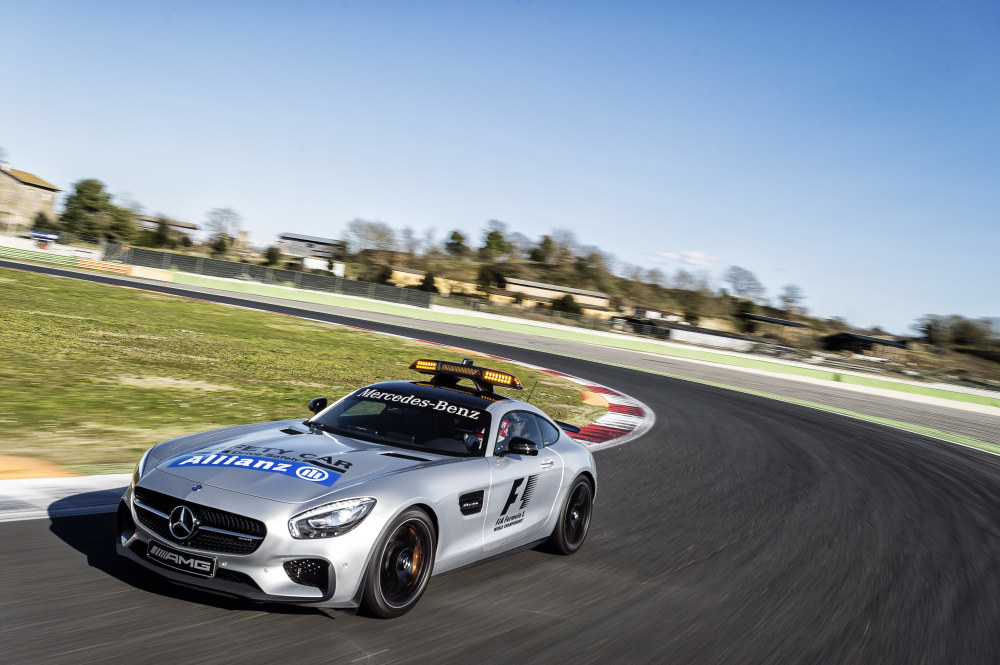
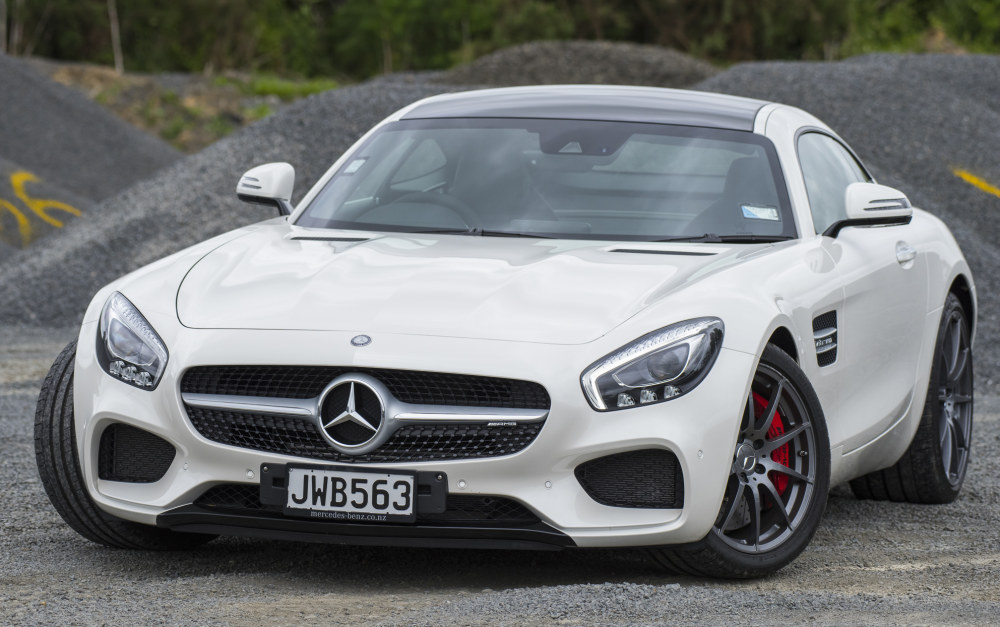


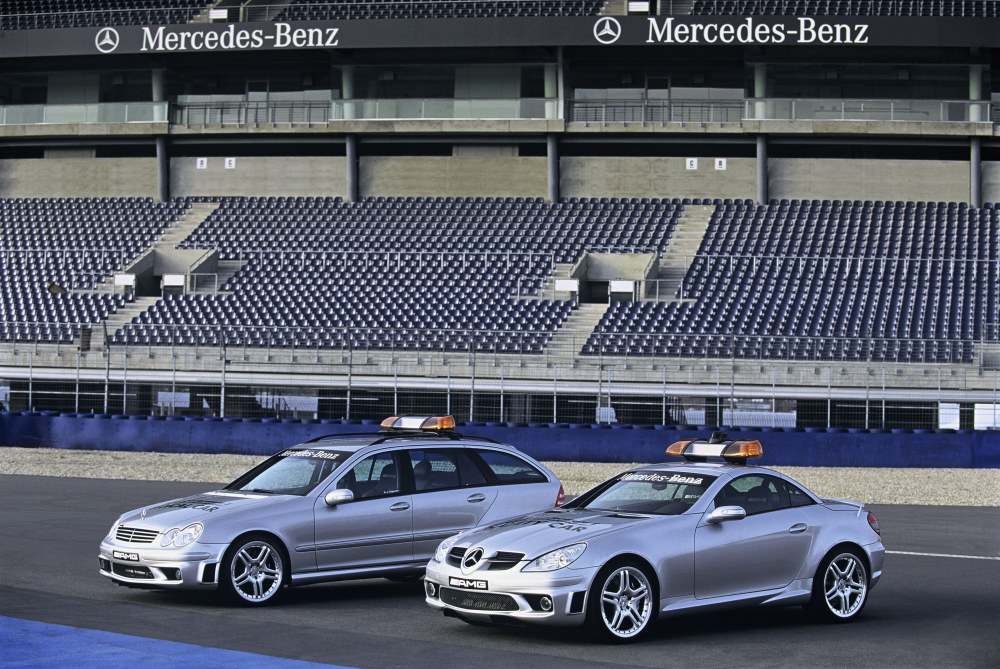
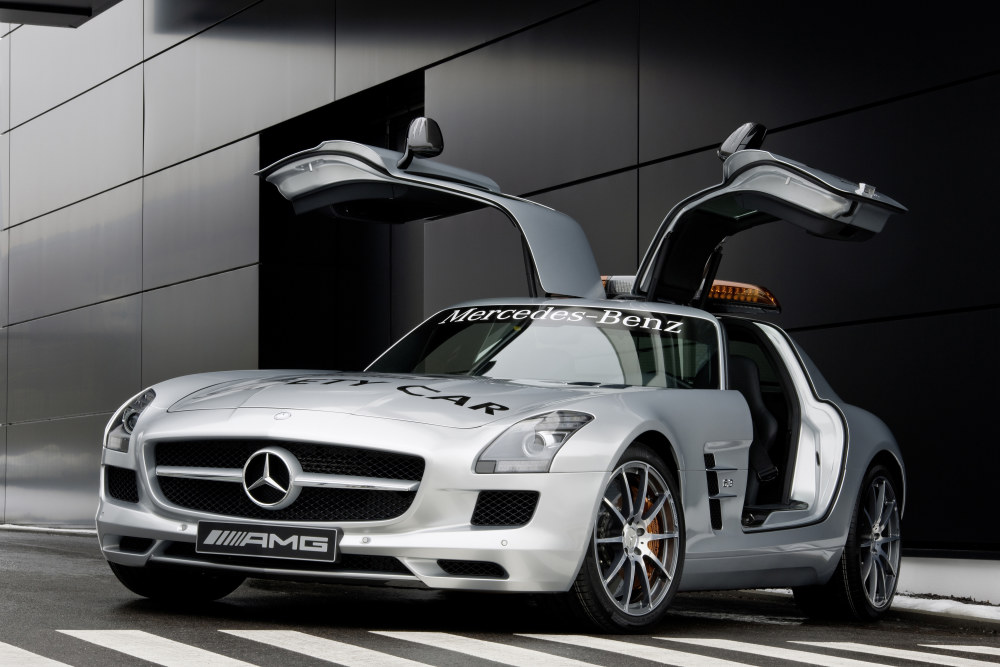
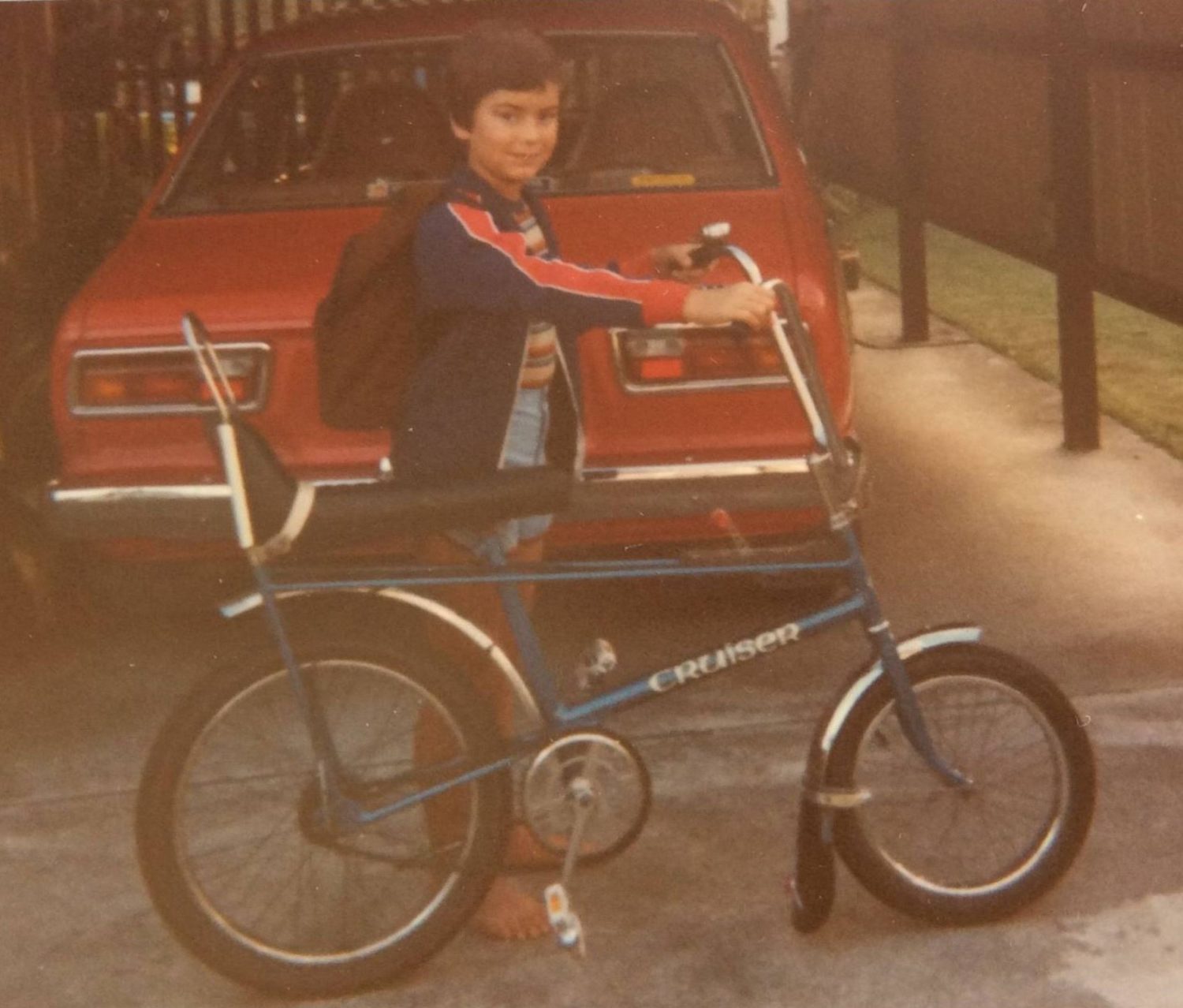
You must be logged in to post a comment.